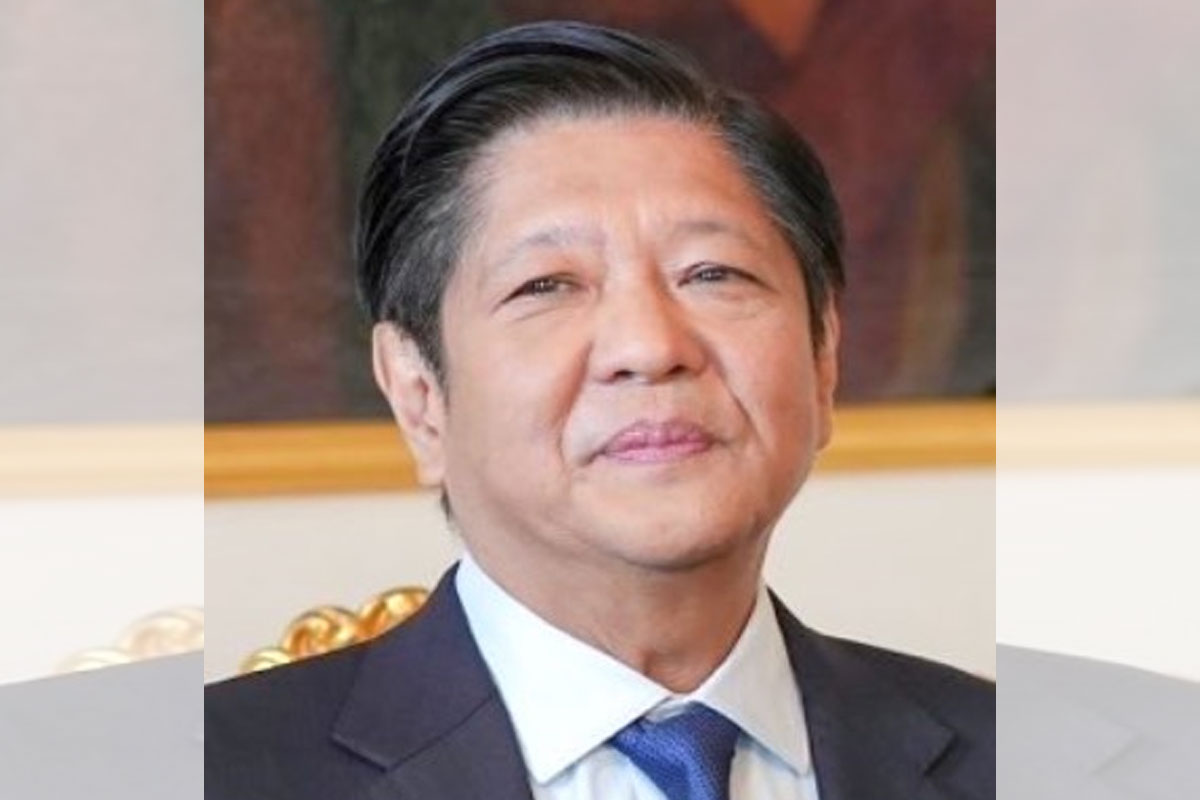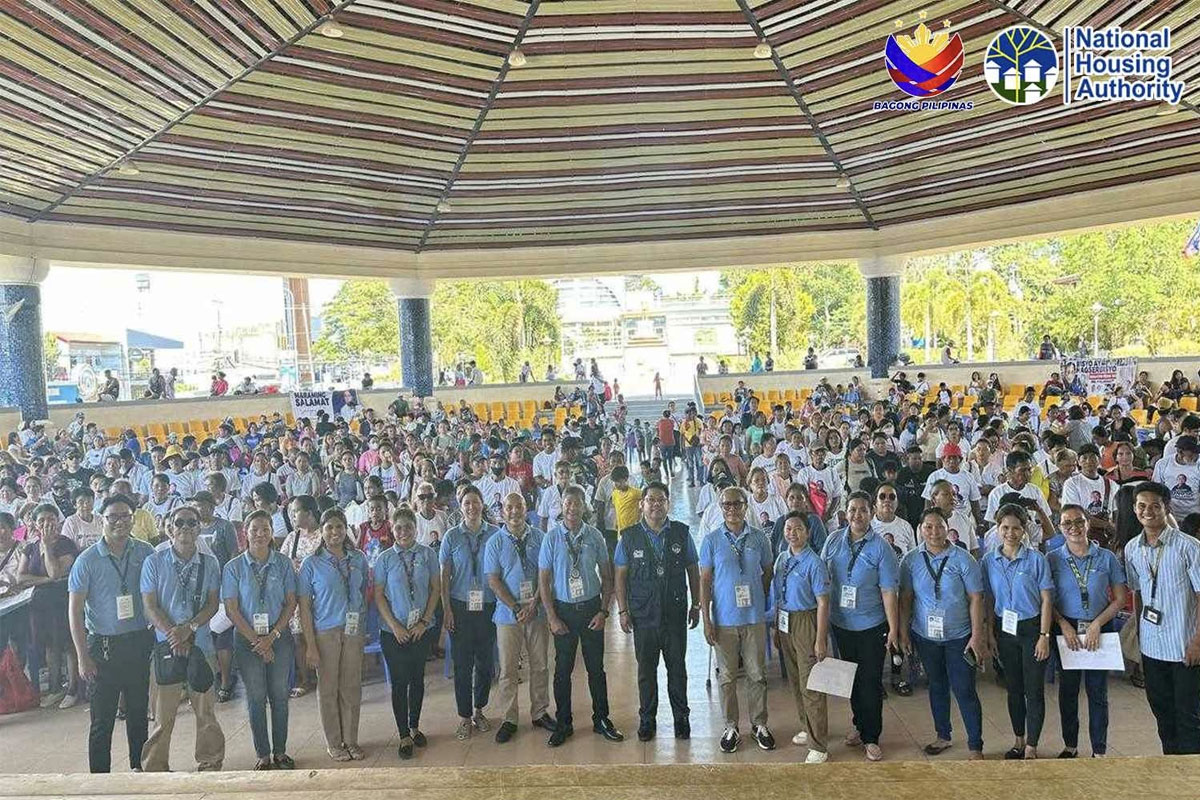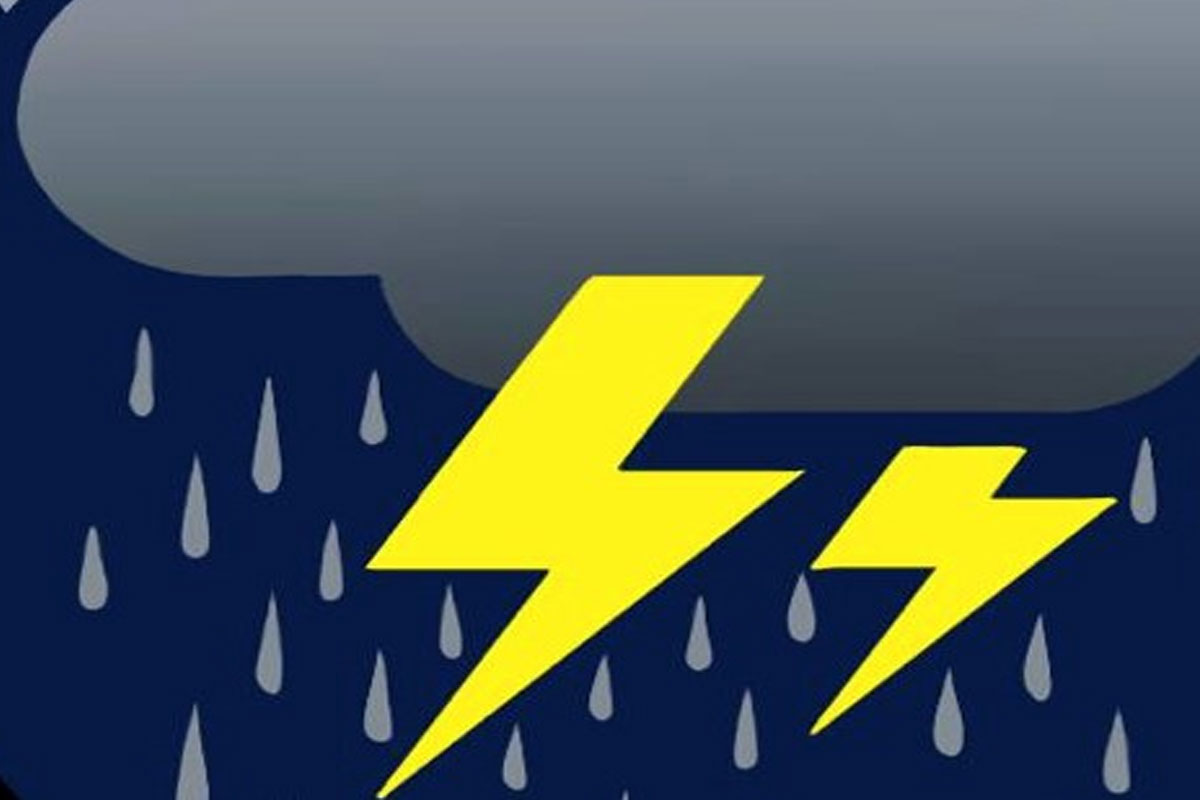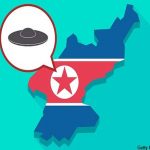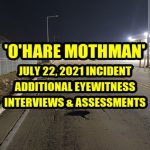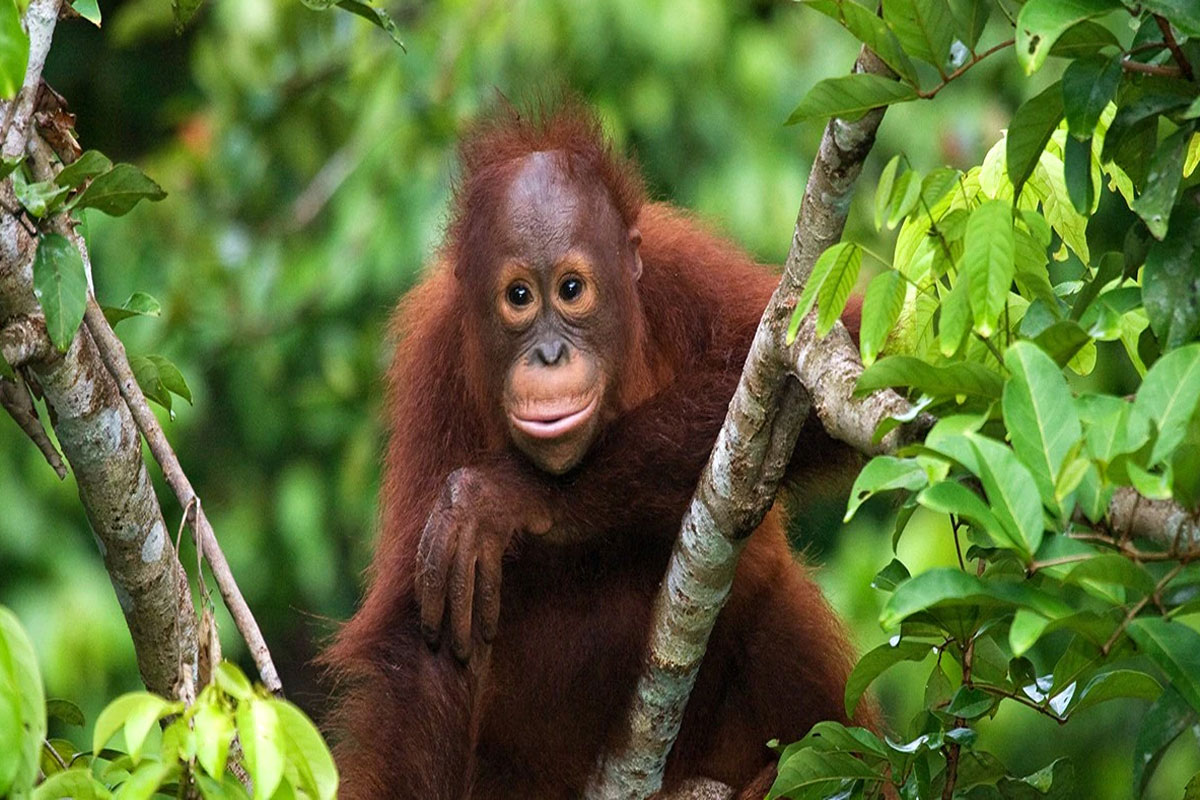
The orangutan who speaks like a human
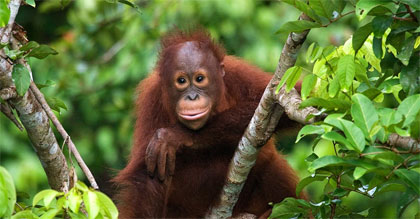 By Angela Saini
By Angela Saini
An orangutan named Rocky has become the first to mimic human speech, and is shedding exciting new light on the origins of how we talk.
Great apes are a branch of primates that include chimps, bonobos, gorillas and orangutans. They’re important to scientists because they’re closer to humans than any other animals. When they do things that humans can, we gain insights into how we may have evolved.
“Great apes are really good at this game of ‘do as I do,’” says anthropologist Dr Adriano Lameira at Durham University, one of the team of researchers who helped to coach 11-year-old Rocky. When they changed their tone or pitch, Rocky would change his. They have dubbed his unique sounds – unlike anything an orangutan would normally make – ‘wookies,’ after the fictional Star Wars species to which Chewbacca belongs. This discovery, published in the journal Scientific Reports
promises to open a fresh window on the origins of human speech.
Language is one of the biggest mysteries of evolution. Scientists have yet to figure out why humans and other primates have so much in common, but do not share the ability to talk. However, primates like Rocky reveal that we may be more alike than we’d thought.
Until recently, scientists believed primates couldn’t imitate humans. Attempts to teach chimps and bonobos to speak had failed, so researchers had assumed primate calls must be a reflex, similar to laughter or crying in humans, as they are often a response to threat. Yet Rocky’s remarkable ability shows that orangutans can control tone and pitch in their voices after all, so they must have the basic physical machinery for speech.
The human language puzzle has lots of pieces, but being able to use our vocal chords to make different sounds is an important one.
“The traditional view was that maybe we were the only ape to develop spoken language because we had the necessary motor control. Given that doesn’t seem to be the case, we need to start thinking about new factors to explain what might have propelled a vocal system in our lineage so quickly as to lead to spoken language.”
Orangutans in captivity make lots of different sounds, although nobody knows where they pick them up.
“Some know how to whistle, some babble. They do amazingly different things,” Lameira says.
Another key piece of the puzzle is ‘vocal learning’, which is the ability to learn new calls. One idea, developed by linguist Professor Shigeru Miyagawa at the Massachusetts Institute of Technology in the US, is that human speech emerged from two different offshoots of animal communication. One is the simple word-like calls primates make.
The other is the sentence-like melodies we find among songbirds. Primates don’t speak in sentences and birds don’t use meaningful words, but somehow these come together in humans. Although the last common ancestor of humans and birds lived 250 million years ago, there’s evidence that they both still share genes that are linked to vocal learning.
Primatologist Dr Esther Clarke, of Durham University, has boosted Miyagawa’s hypothesis by investigating the songs sung by gibbons, another species of ape.
“I would say they have elements of birdsong,” she says. Just like birds, the individual notes carry no meaning, but the order in which they’re sung by gibbons is important.
“Gibbons seem to have a really limited repertoire, like other primates, but they impose these subtle changes within the types of calls they make. And these seem to have different meanings,” Clarke explains.
Great apes are really good at this game of ‘do as I do.”
Dr Adriano LameiraResearcher at Durham University
Psychologist Dr Katie Slocombe of the University of York has shown that chimpanzees have some flexibility in their voices, too, making different noises to refer to certain foods. According to Slocombe and her team, a group of chimps that moved from the Netherlands to Edinburgh to join an existing group ended up changing their call for apples, from a high-pitched sound to a low-pitched grunt. They believe their calls began to match as the chimps got to know each other over the course of a few years.
Does this mean that Rocky the orangutan might eventually be able to learn to speak like a human?
“The basic capacities are present, but they’re probably latent,” says Lameira. The problem is that, even if apes and monkeys do have the necessary vocal machinery to make the right noises, scientists don’t understand what makes them want to vocalise in the first place.
While humans connect voices to thought, primates don’t seem to do this. They’re often better at using their hands and bodies to communicate. Lameira explains that orangutans need to be studied further in the wild to understand what, in their environment, motivates them to make calls. Once this is understood, it may be possible to teach such an ape as Rocky to ‘talk’, under the right conditions.
“Not talk like us, because that is a sum of many capacities together,” he says. But he could be taught vowel and consonant sounds, and how to combine them into syllables.
So the puzzle isn’t complete, but it is becoming clearer.
“We can find different pieces, the precursors to language, but we haven’t found anything we would necessarily equate with full language,” says Clarke.
But words alone don’t equal human speech. Languages have grammar and syntax, which some believe may even be hardwired into the human brain. If other primates are born with this special skill, nobody has seen evidence of it yet.
Featured image © Kyle Lansdell
bbcearth.com




